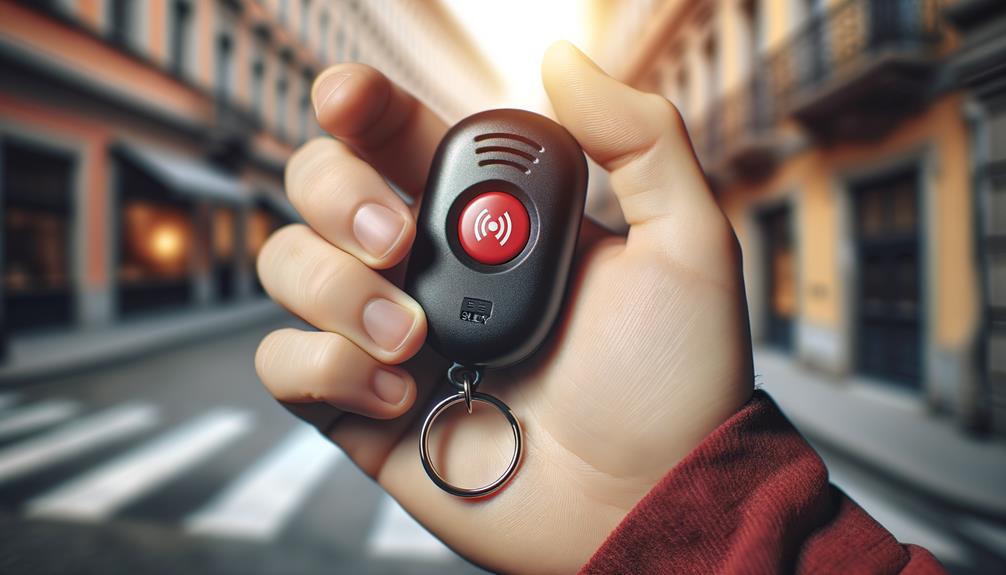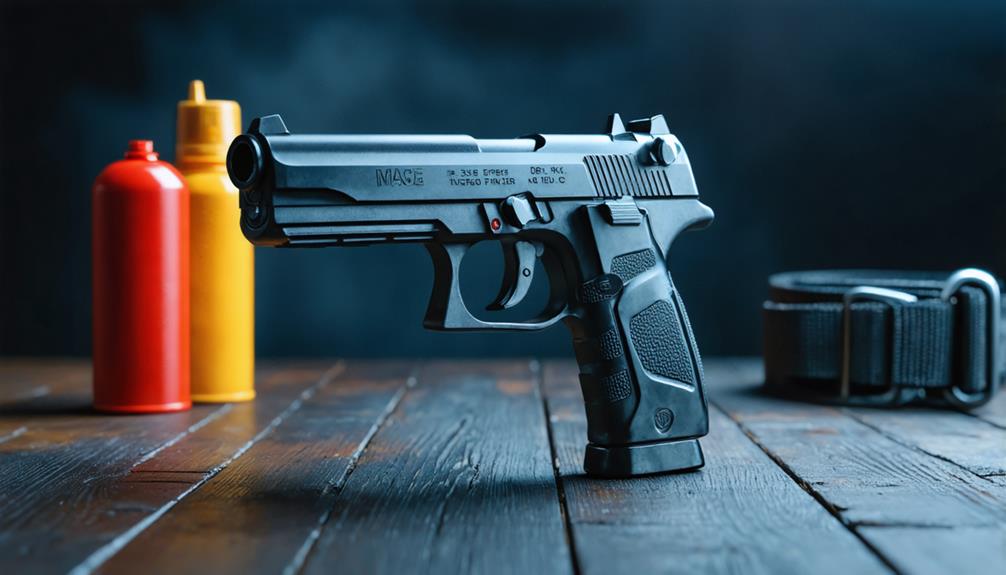
Brainstorm Security Shop

For Orders Over $199

On Any Of Our Products

Details On Refund Page
In today’s world, personal safety is a significant concern for many people. Whether you’re walking alone at night, jogging in a secluded area, or simply want an added layer of security, a personal alarm can be an effective tool to help protect yourself. This blog post will explore the benefits of personal alarms, how they work, and tips for using them effectively. We’ll also include some pictures to illustrate the different types of best personal alarms available.
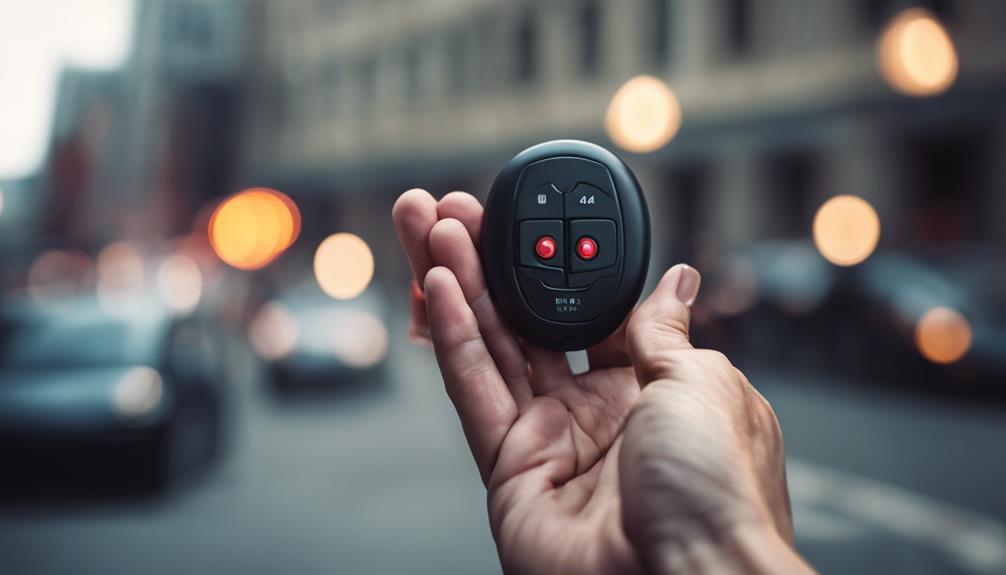
A personal alarm is a small, portable device that emits a loud sound when activated. The sound is designed to startle and disorient an attacker, giving you time to escape and alerting others to your situation. Personal alarms are typically activated by pressing a button or pulling a pin, and they can be carried on a keychain, worn around the neck, or attached to a bag.
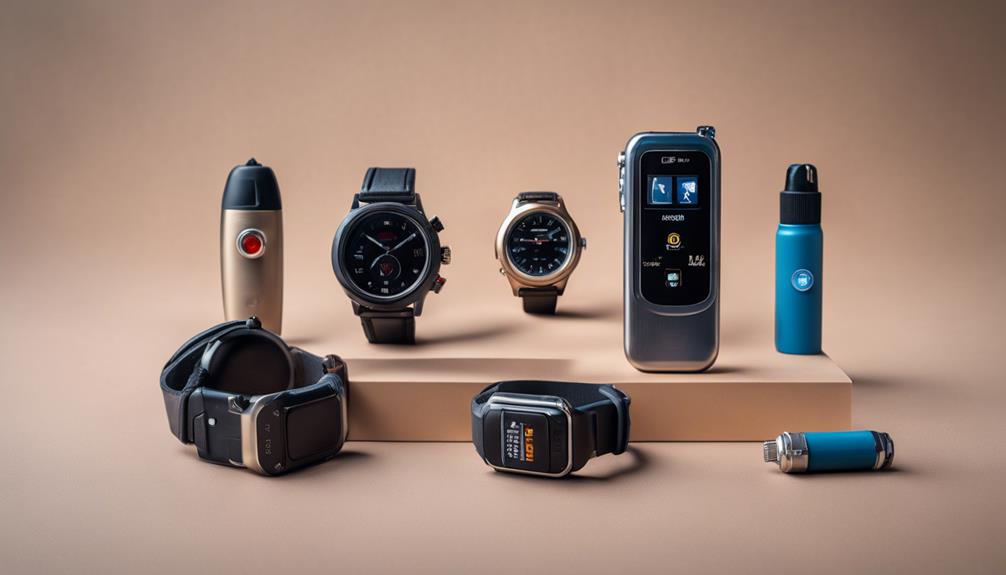
There are several types of personal alarms available, each with unique features and benefits:
Using a personal alarm is simple and requires no special training. Here are some tips for using your personal alarm effectively:
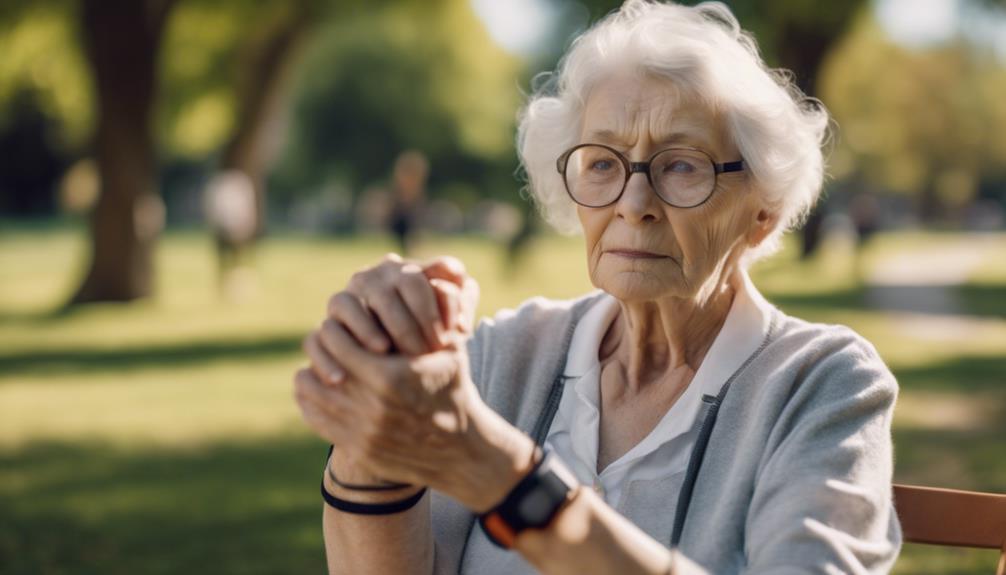
Personal alarms can be useful in a variety of situations. Here are some real-life scenarios where a personal alarm can provide protection:
When choosing a personal alarm, consider the following factors:
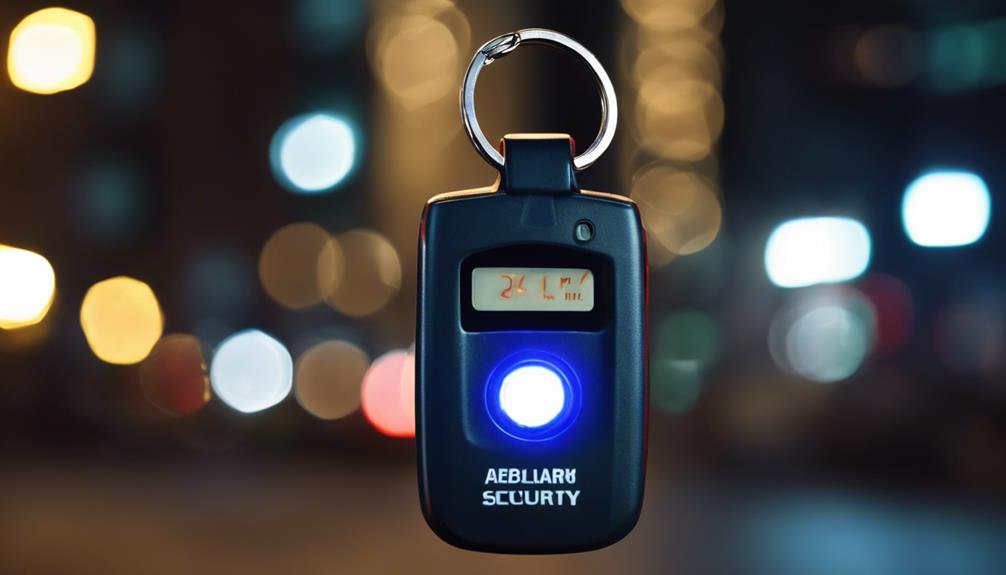
Personal alarms are a valuable tool for enhancing your personal safety. They are easy to use, non-lethal, and can provide peace of mind in various situations. By choosing the right personal alarm and knowing how to use it effectively, you can protect yourself and feel more secure in your daily life.
Remember, personal safety is important, and having a personal alarm can be a simple yet effective way to protect yourself. Stay safe and always trust your instincts.
